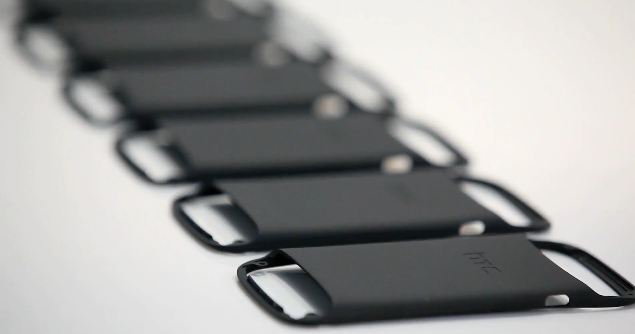
When HTC announced the One S smartphone last month at MWC, one particular feature caught our attention more than anything else at the show. The company told us that the shell of the One S was five times tougher than aerospace aluminium, and from then on we wanted to know how.
HTC told us back then that a special process called micro-arc oxidation was used to harden the metal shell of the phone, but we were in the same boat as many in having absolutely no idea what that process was. It’s said to transform a piece of aircraft-grade aluminium into a ceramic material that is extremely tough, as well as being scratch and smudge-proof.
Micro-arc oxidation is a process that is typically used on satellites and race cars, so why has a company like HTC picked it up to use on mobile phones? As great as smartphones are, they’re pricey and if you’re not too careful, they have a tendency to break and get damaged easily. Many phones these days are made out of plastic – including some HTC models – but the company wants to change that, giving you a very durable phone that will last the duration of your 24 month contract and beyond.
The HTC One S’s case is primarily a sheet of aircraft aluminium, with two slots at the top and bottom to accommodate the camera unit and the rear speaker. This sheet of aluminium is blasted with 10,000 volts of electricity, which HTC says is “like lightning bolts hitting the phone”. This causes a microscopic chemical reaction to take place, transforming the aluminium into a ceramic material that is much, much harder.
HTC tells us the process helps them to make thinner, yet tougher phones. The rear casing of the One S is three times tougher than stainless steel and five times tougher the aerospace aluminium – and because of this, HTC says you won’t need to go out and buy a case to protect the back of your phone.
Why not see for yourself how micro-arc oxidation works; HTC’s new video about it is below.
Let us know your thoughts on our comments below or via our @Gadget_Helpline Twitter page or Official Facebook group.
